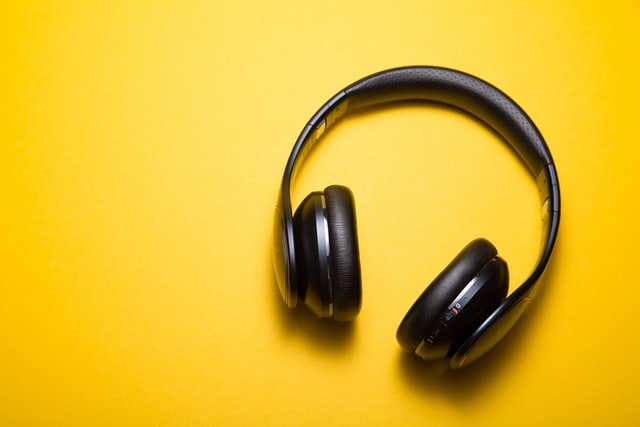Why Recording Practice Sessions Makes Piano Students Better Musicians
Performing can be a little nerve-racking for any piano student. When we’re nervous, it’s natural to tense up or rush through our songs, leaving us feeling like we play so much better when no one is listening, but there is a practice tactic you can start implementing to help you prepare and perform with more confidence!
Record yourself when you practice.
Why Recording Piano Practice Prepares Students for Performances
So why should you practice recording yourself when preparing for a piano performance?
When we record our practice sessions, we give ourselves two gifts:
1. We give ourselves a chance to get used to feeling watched
2. We give ourselves the ability to watch our performance from an audience perspective.
Now we get the chance to sit back and listen to ourselves play our music without having to pay attention to technique, remembering rhythms, and everything else we are working on while practicing at the piano. It gives us an extra opportunity to critique ourselves without distractions and be more mindful of how the piece sounds as a whole.
Recording yourself will not only give you more feedback on what sections need more work or where your rhythms are unsteady, but it will also show you if you look tense, if you are too close to the piano, if your shoulders are up, or if your hands are flat instead of round. Most importantly, you will also be able to hear if you were distracted or bored while playing the song or if you were inspired and enjoying the piece while you played.
Being able to see your technique and hear your song from a third-person perspective will help you learn your music faster and improve your piano playing skills at a faster rate.
Follow These Tips to Help You Get Started.
Step 1: Practice recording several takes of yourself
The easiest way to do this is to use the camera app and select the video option on your phone, iPad, or tablet. But you can also download a recording app of your choice.
Set up the best camera angle for recording in your room using a tripod, music stand, or leaning it up against a wall using a desk, stack of books, or bookshelf.
A good camera angle should be a sideways or semi-angled sideways view of your performing area where they can see your hands and face.
Camera angle suggestions
Make sure you sit up tall with relaxed shoulders and enjoy the music you’re playing - it will show in your performance!
Is your piece happy or upbeat? Then Smile! Have fun.
If it’s sad or emotional, show it.
The more emotionally inspired you are about your piece, the better it will sound and show in your performance.
And the more confident and relaxed you are, the more it will show in your music! Your performance will be more interesting to listen to, and your tones will sound clear. When we are unsure of our music, we tend to play our instruments quietly and less dynamically rich.
Step 2: Now listen back!
Did you sound inspired, bored, or nervous? How did your technique sound? Did you stop anywhere?
Step 3: Try again correcting anything you noticed from the first recordings.
Remember, your hands are the performance. Watch how they look when you practice filming yourself.
Are you using the correct technique?
Are your hands gliding across the keys and gracefully floating off during the jumps?
Or do your arms look stiff and like you are smashing and attacking the keys?
Are you the proper distance from the piano?
Or do you have T-Rex arms?
Is your piano bench a good height?
Or are you too low or too high?
Other Tips: Watch Other Piano Performers
Look up your favorite artists from various genres
How do they move their hands?
Do they look mindful and fully absorbed in the music they are playing?
Do they lean into the keys or move to the music during certain parts?
What makes one artist look more fun to watch than another?


